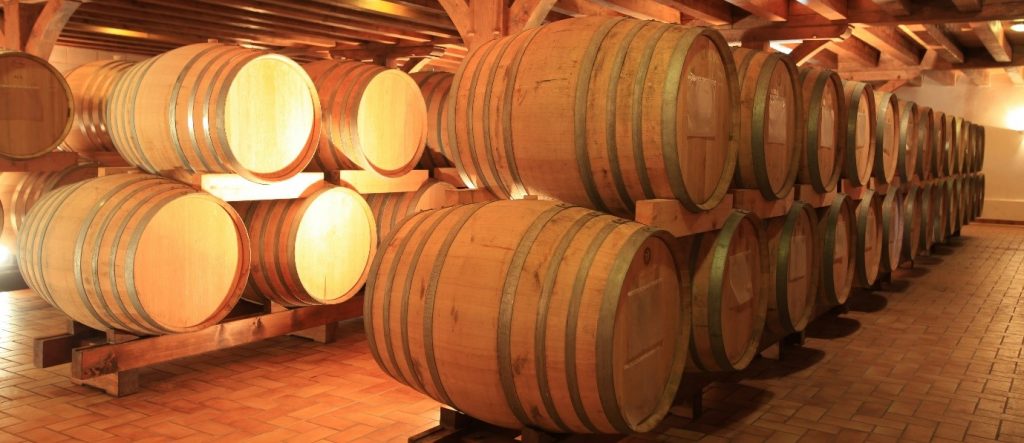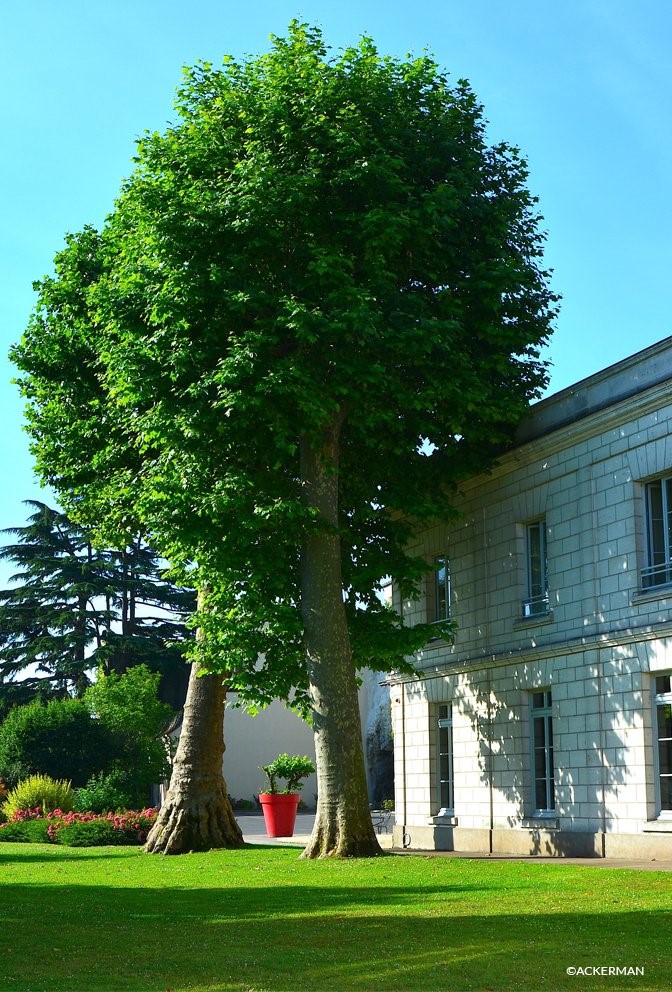By Nicki Bourlioufas
The Loire Valley is the third largest wine-growing region in France, almost as big as Champagne, France’s biggest wine region, and a top sparkling, white and red-wine producer. The Valley is a UNESCO World Heritage site given is historical significance.
Given its natural beauty, lots of castles and lots of vineyards, the area was classified as a World Heritage site by UNESCO in 2000, the biggest area in France included to date. The Loire Valley vineyards extend across over 65,000 hectares, and represents 800 km of wine routes. The region includes Pays Nantais, Anjou-Saumur, Touraine and Centre Loire, with around 70 wine appellations, or denominations of origin, so it is a significant winemaking region. Cabernet Franc and Chenin Blanc dominate grape plantings, followed by Sauvignon Blanc.


Noble rot wines
If you’re lucky enough to visit the Loire Valley, the Chateau de Fesles is an impressive winery. It produces Bonnezeaux, which can be semi-sweet or sweet. Made with Chenin Blanc, the sweet wines are delightful, with Boytrists doing its work to flavour the wines, which often represent better value than many of their Australian noble rot counterparts or the sweet wines of Sauternes. The Chenin Blanc gives the wines a wonderful elegance and finesse not always found in Australian examples made from Semillon and Riesling often grown in much warmer climates. In addition to Botrytis, the technique of passillage is used to make Bonnezeaux. The grape is overmatured on the vine, then exposed to the sun to evaporate on a bed of straw after harvest. The loss of water leads to a concentration of flavour and sugar.


Bubbles in Saumur
The area around Saumur is better known and the third largest sparkling wine appellation in France after Champagne and the Crémant Crémant d’Alsace region with millions of bottles of Saumur sparkling wine produced each year. The Anjou-Samur area also produces many of the Loire Valley’s best sweet wines called Bonnezeaux, made from Chenin Blanc, as well as well as the red Anjou (made from Cabernet Franc) and the popular slightly sweet Rosé d’Anjou, which can be often bought in Australian bottle shops, much more easily than the reds, which are still very hard to find and pricey due to very limited numbers.
The sparkling wines from Samur are notable because they can be white or red, and that alone distinguishes from Champagne. And price tags are a lot less, though quality is variable too. Some bubbles are good, some not so good.
Saumur sparkling reds are made from Cabernet Franc and usually produced by the methode traditionnelle. Given the fruitiness and density of Cabernet Franc, the sparkling red wines can be very generously flavoured. A good example is the sparkling red from Bouvet-Ladubay, once owned by Champagne Taittinger. The grapes for its sister wine, Bouvet ‘Blanc’ Methode Traditionnelle are Chenin Blanc, which had been grown in the Loire Valley for centuries.
The biggest sparkling wine producer in Saumur is Ackerman, also the oldest. The beautiful winery is well worth a visit, post COVID-19. You can taste its many wines and visit the monumental white limestone caves and wine cellars, carved out of Tuffeau limestone, the characteristic white stone used to construct the famous chateaux of the Loire Valley. Art works are featured throughout the caves, many of which are interactive and educational or simply fun. You can learn how to play la boule de fort, a typical regional game similar to bowls, before an extensive wine tasting. Aside from Akerman, Maison Louis de Grenelle, founded in 1859, is today is the last of the great independent Saumur family houses and its easy to reach in the centre of Saumur where you can visit the castle featured in the photo above and admire the mightly Loire River, as well as taste some good wines.


Also picturesque is Gratien & Meyer. In 1864, Alfred Gratien established his cellars in the old tuffeau limestone galleries of the Saumur hillside on the Loire River. In the early 2000s, German firm Henkell & Co bought the winery and each year, a wonderful Jazz festival is held at the winery in June, though you can book a tasting and tour at any time.
In the Touraine region, sometimes called the “Garden of France.” Since so many of the chateaux that make the Loire Valley famous are located here, the most well known appellations include Vouvray, made from Chenin Blanc and for the reds, Chinon, Bourgueil and St Nicolas de Bourgeuil, all made from Cabernet Franc. Indeed, cabernet franc cabernet franc dominates red wine production in the Loire Valley, though Cabernet Sauvignon is sometimes used. There isn’t much variety in grape production in the Loire, which is true of much of France, but the terrior does great work to allow great variations in the flavour of the red wines of the regions.
The Centre- Loire region is the exact geographical centre of France. The area is home of Sancerre, the world’s most prestigious Sauvignon Blanc wine that sets international standards for the grape and wine production. In the region of Pays Nantais, on the Atlantic coast of Brittany, the main wine produced is Muscadet, (made from the Melon de Bourgogne grape). The area is one of the largest white wine appellations in France but not the most well known.
Aside from wine, the area is most famous for its limestone castles, such as Chambord, Amboise, Ussé, Villandry, Chenonceau and Saumur. When the kings of France began to build their impressive castles here, they were followed by aristocrats, drawing the best landscapers and builders in the France to build their huge palaces.
The Loire’s most famous former resident: Leonardo da Vinci
Apart from kings, the area’s most famous resident in times passed was Leonardo da Vinci, who spent the last years of his life in the Loire Valley. He was lured there by the French King Francis 1, to spread the enlightenment of the Italian Renaissance. The king invited him in 1515 to live at Château d’Amboise, his royal residence in the Loire Valley. Leonardo died at the nearby Château d’Amboise in 1519 just over 500 years ago. His homes are open to visitors today.
Other famous names include Joan of Arc led French troops to victory in the Hundred Years’ War in the Loire. The Loire Valley is considered home to the best French language, with its residents apparently speaking the purest French.


